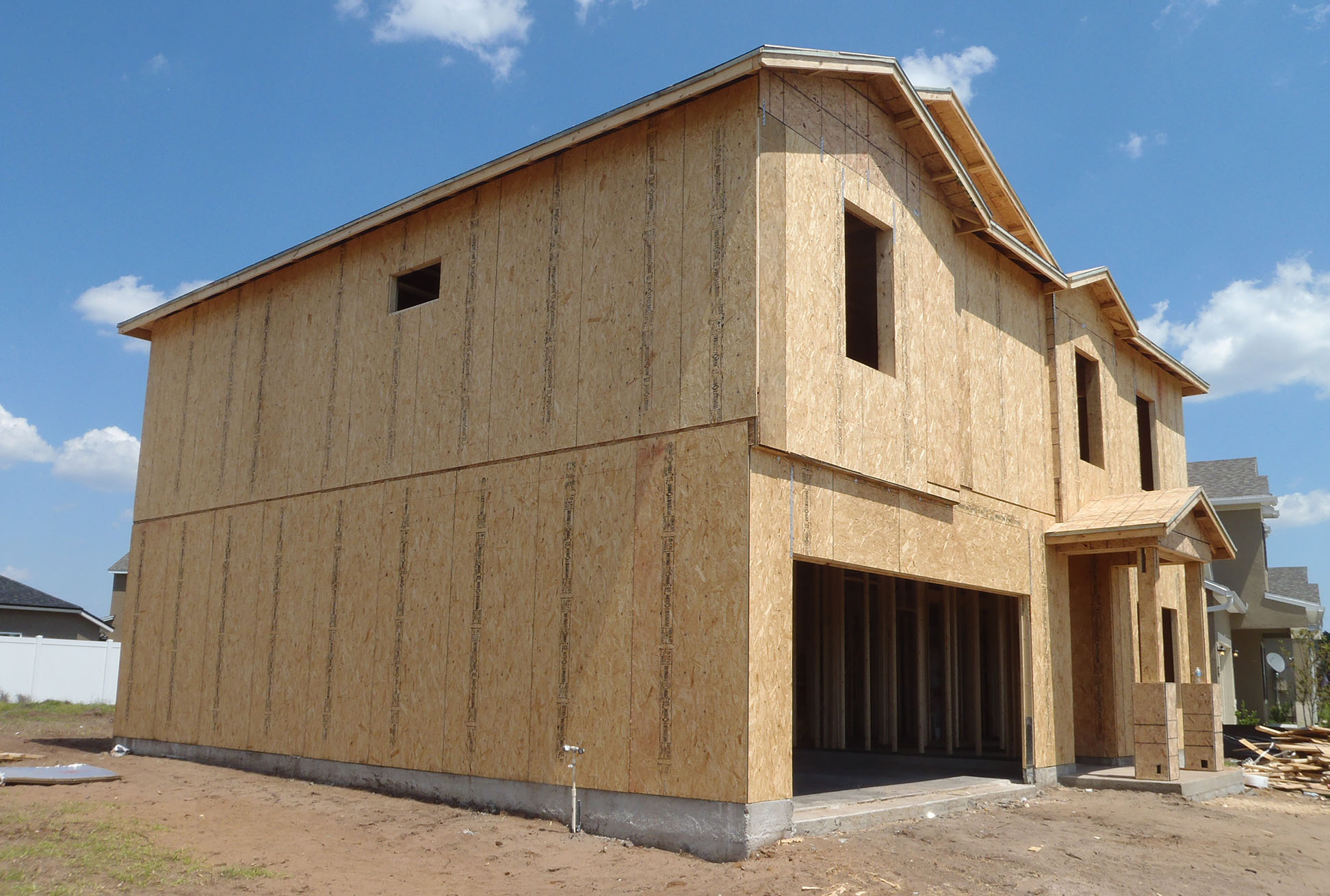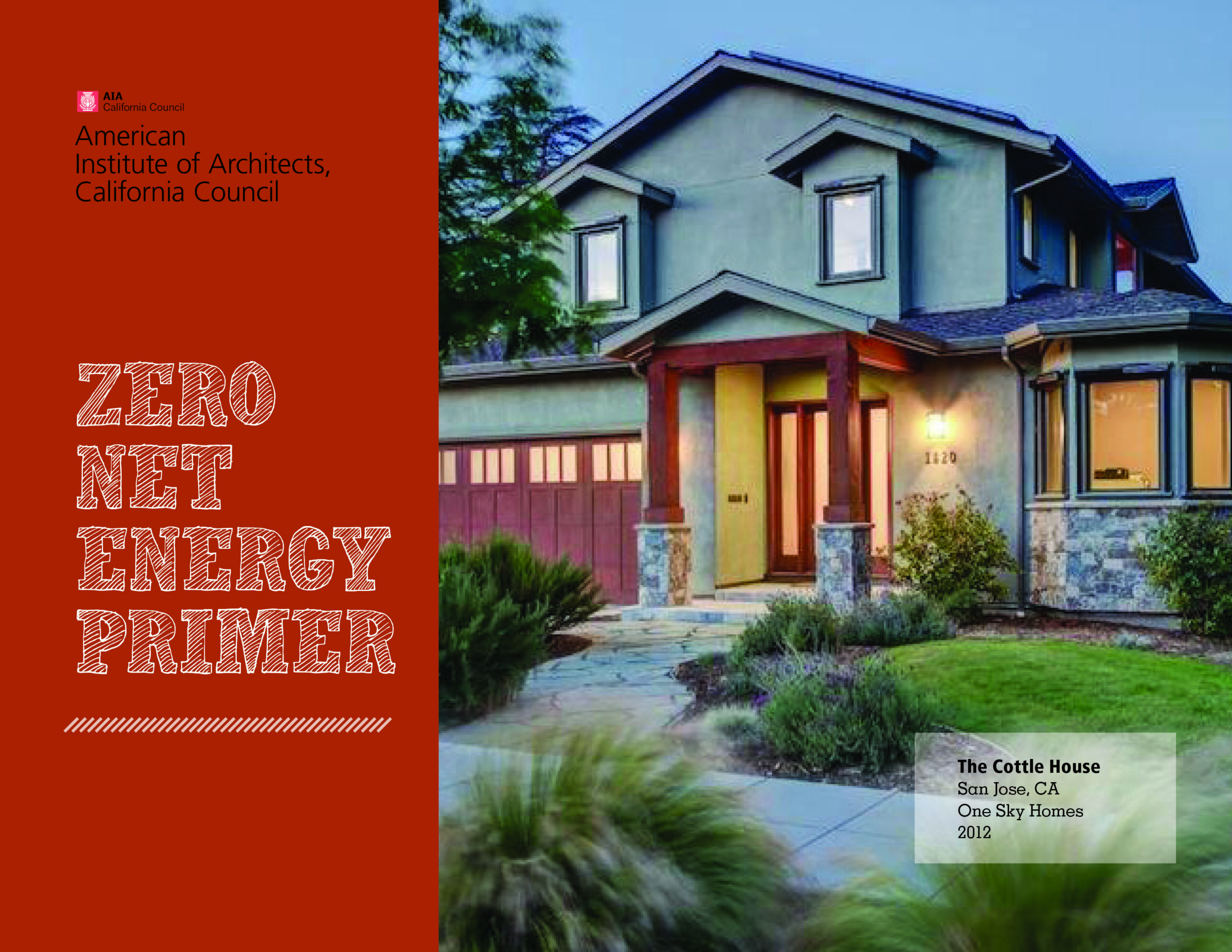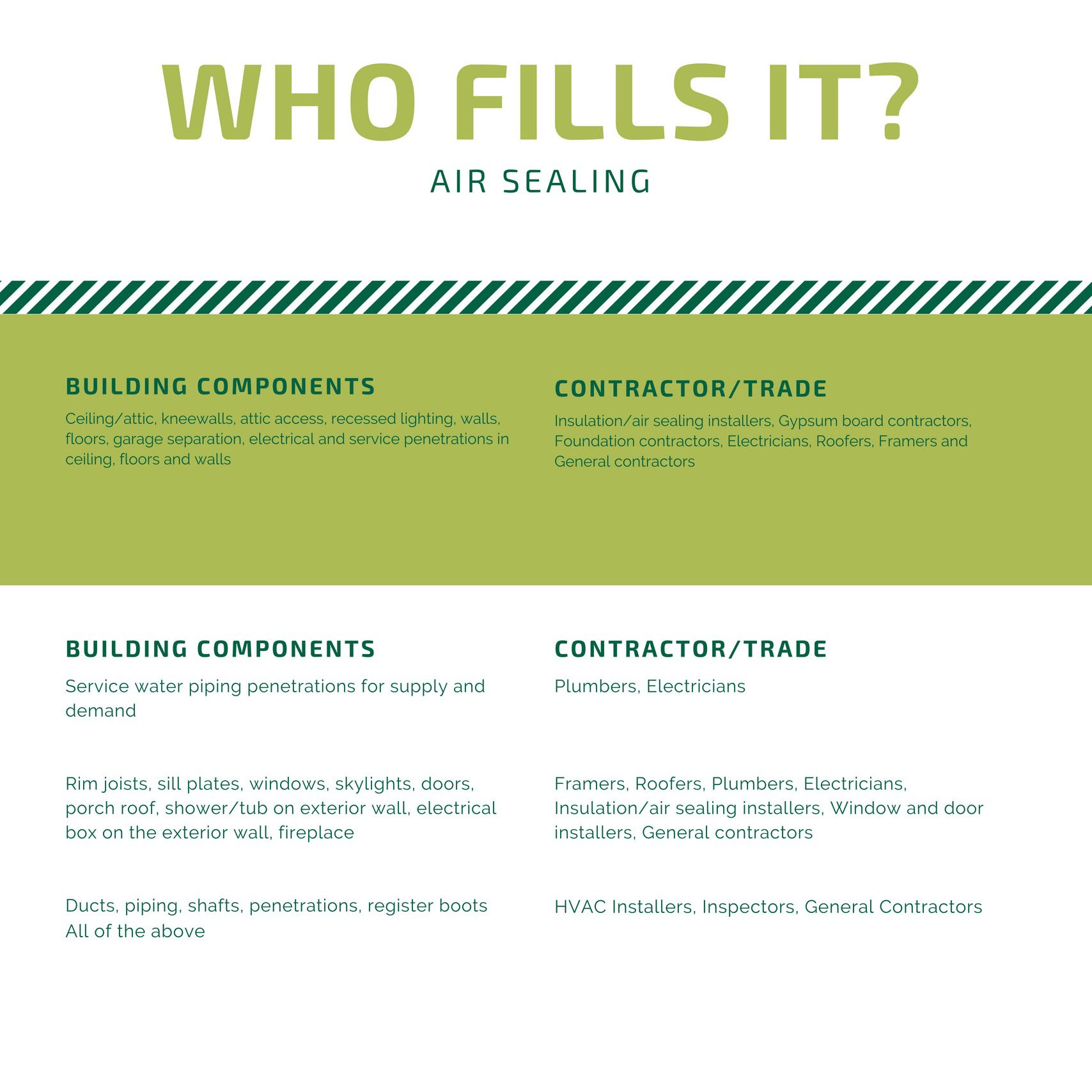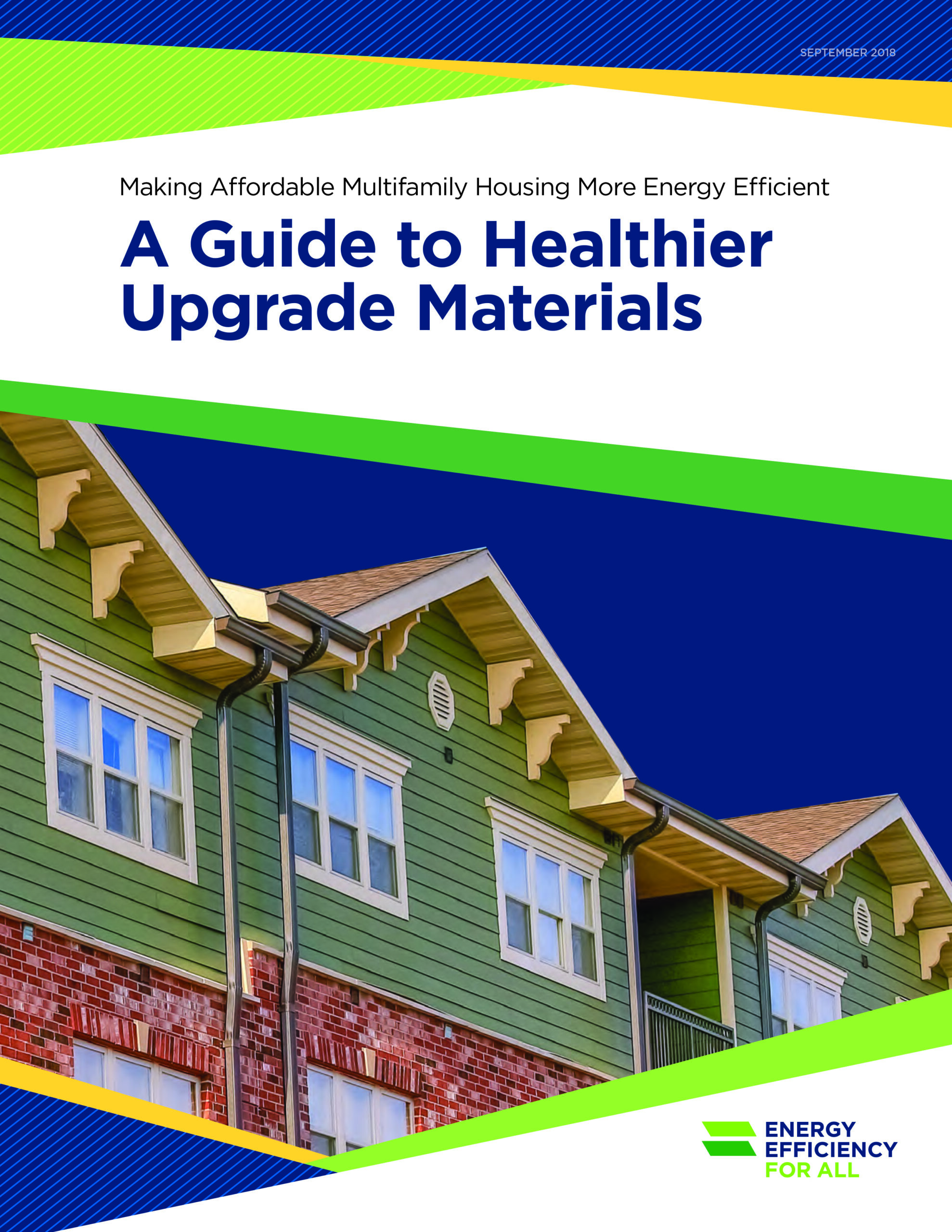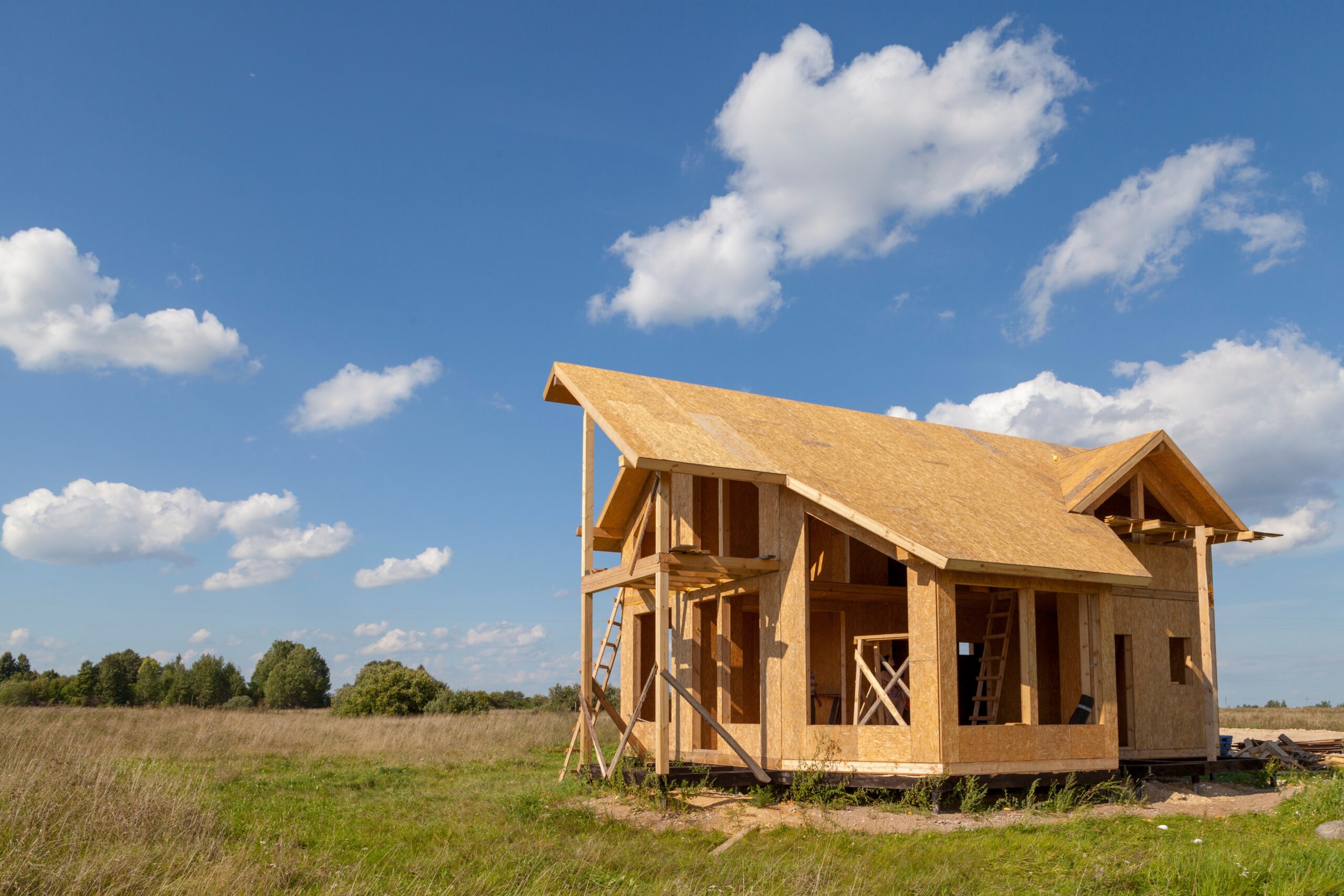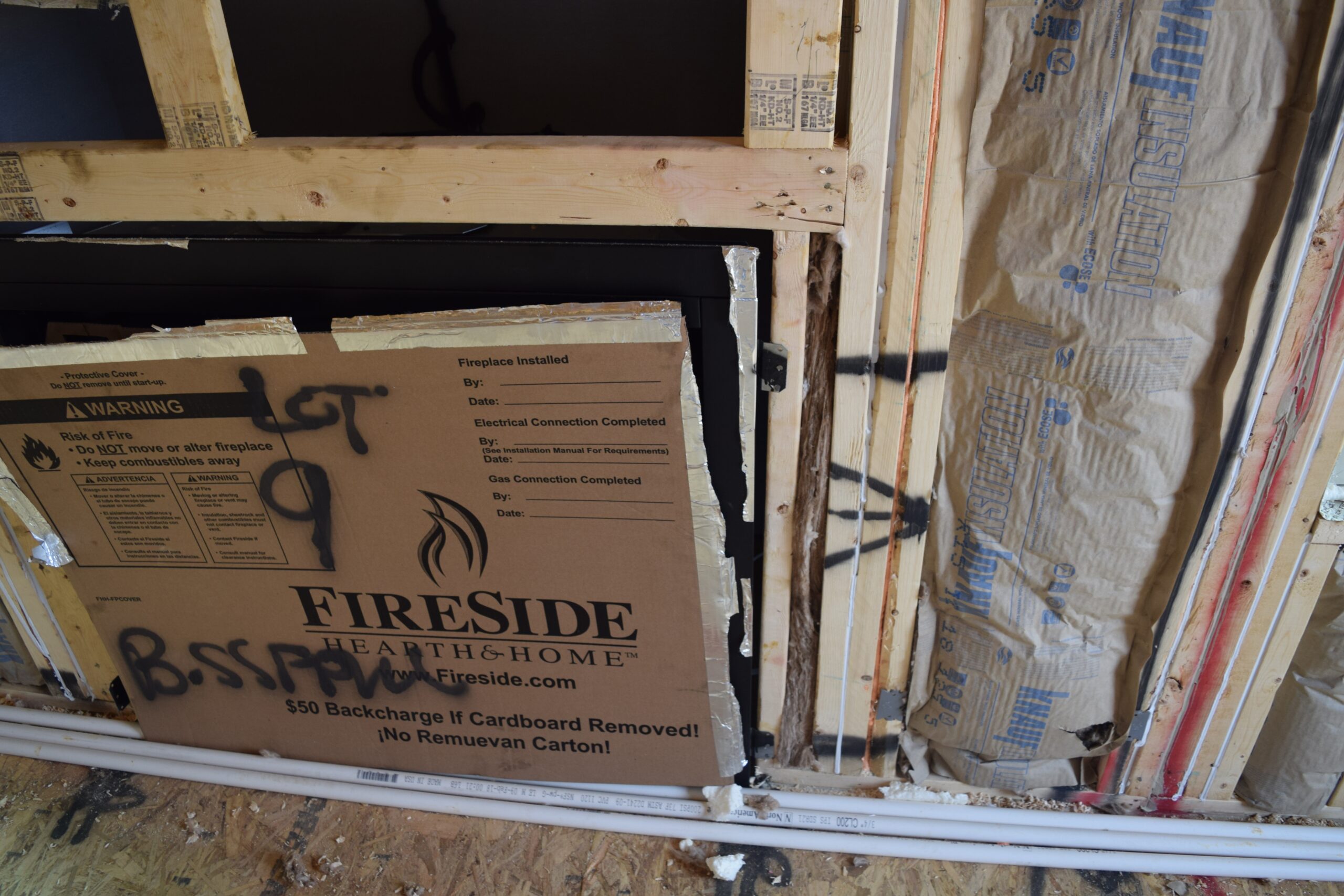Building professionals across the country acknowledge one of the central challenges facing construction today is recruiting talented tradespeople. Ryan Miller, Founder and Executive Director of North Carolina Building Performance Association (NCBPA), a five-year-old not-for-profit association, is working on a solution: a toolkit of career resources for individuals interested in joining the high-performance building industry as a tradesperson. The resources will help guide students and others interested in the trades on the various career pathways in high-performance residential, commercial, and industrial buildings.
Details »Insulation Institute Blog
Posts Categorized: Energy Efficiency
HERS Raters Boost EE Competency for Builders
With 27 years’ experience as an insulation contractor in the Dallas/Fort Worth Area, Cardice Howard’s knowledge base about energy-efficient home construction is extensive. She’s seen that builders who work collaboratively with all trades achieve the best results, a better HERS score, and the desired home energy efficiency or air tightness targets. Leveraging her experience as an insulation contractor will be vital as she steps into her role as the Acting Deputy Director of Residential Energy Services Network (RESNET®), where she will work with raters to help builders construct more high-performance, energy-efficient homes.
Details »Our Top Five Blog Posts of 2018
With 2018 coming to a close, we reviewed the most read blog posts of the year. Air sealing was our most popular topic. With more states adopting stronger energy codes, readers were very interested in how to use high-performance building practices and proper air sealing to achieve new air tightness targets.
Details »Technology is a Bullet Train, Home Building a Bicycle
If technology is a bullet train, home building is a bicycle. Technological changes occur at a dizzying pace, but the main design of the bicycle – like that of a home, has changed very little in centuries. However, while home design principles haven’t changed much, architects and builders have more knowledge than ever before of building science and how it can improve building durability and performance.
Details »Prepping for the Zero Energy Home Future
While only two U.S. states currently have a mandated goal of zero net energy (ZNE) home construction after 2020, Oregon and California, it’s becoming increasingly clear that ZNE homes will be much more prevalent in the not-too-distant future as states and municipalities look for ways to reduce carbon emissions and ultimately mitigate the impact of climate change. In fact, 280 U.S. cities and counties, 10 states and 2,717 signatories have committed to support climate action with the We are Still In agreement, which aims to reduce climate impact by among other things, lowering greenhouse gas emissions.
Details »Air Sealing: Whose Job Is It Anyway?
An average of 22 subcontractors are involved in the construction of a new home.[1] With dozens of people involved, there can be a lot of confusion about whose job air sealing is, particularly if details aren’t spelled out within the scope of work or aren’t communicated effectively.
Ensuring that new construction homes are properly air sealed often means communicating with all trades so that they understand their respective roles in achieving airtightness targets. How you communicate the requirements may differ, but there are some commonalities that top builders have when it comes to assuring air sealing success.
Details »Fiberglass Among “Best Insulation Materials from a Health Perspective”
Fiberglass insulations received a ringing endorsement in a recent report by Energy Efficiency for All (EEFA) that examines the health impacts of materials used in weatherization and energy efficiency upgrades for low-income multifamily housing stock.
The report reviews the materials used in these retrofits and ranks products – including various types of insulation – from least to most hazardous. According to the report, fiberglass insulations are among “the best insulation materials from a health perspective….and we recommend their use whenever possible.”
Details »Lessons From Brad Pitt’s Effort to Make It Right
What was a lofty philanthropic effort by actor Brad Pitt has morphed into a disastrous example of how poor construction of affordable, energy-efficient housing can negatively impact homeowners and put the builder and building designer in a precarious position.
NOLA.COM reported this week that in 2007, two years after Hurricane Katrina, Make it Right Foundation, organized by Pitt, set a goal of constructing 150 energy efficient, sustainable and affordable homes for residents of Louisiana’s devastated Lower Ninth Ward. The foundation constructed 109 homes, but just 11 years after the start of construction, reports say that some homes have issues including rotting wood, mold growth, dangerous air quality, and rusty sockets. The majority of the homes are currently unoccupied and some have been demolished.
Details »Master the Training, Witness the Test
In the quest to meet new energy code requirements of the 2012/15 International Energy Conservation Code (IECC), some builders are finding that passing that all-important blower door test is their biggest challenge. As we’ve reported earlier this year, only 40 to 50 percent of new construction homes that must now meet the 3 ACH50 blower door target will pass the first test, but builders can increase the initial pass rate, according to Cosco Jones, owner of Jones Sustainable Solutions Group. Jones is a HERS rater who’s worked with more than a dozen builders to improve the energy performance of their new construction homes. He offered his advice to builders on how to not only increase the pass rate for blower door testing but also reduce their costs in the process.
Details »3 Commonly Missed Air Leakage Pathways
In our effort to help builders and contractors reduce air leakage in new construction homes, much of the focus has been on the building envelope. However, there are other areas outside of the building envelope that can prove problematic for air leakage. Bob Nelson of Ener-G Home Performance Consultants shed some light on three commonly overlooked areas that can contribute considerably to air leakage and often, help contribute to the 50 percent initial failure rate on blower door testing of new homes.
Details »